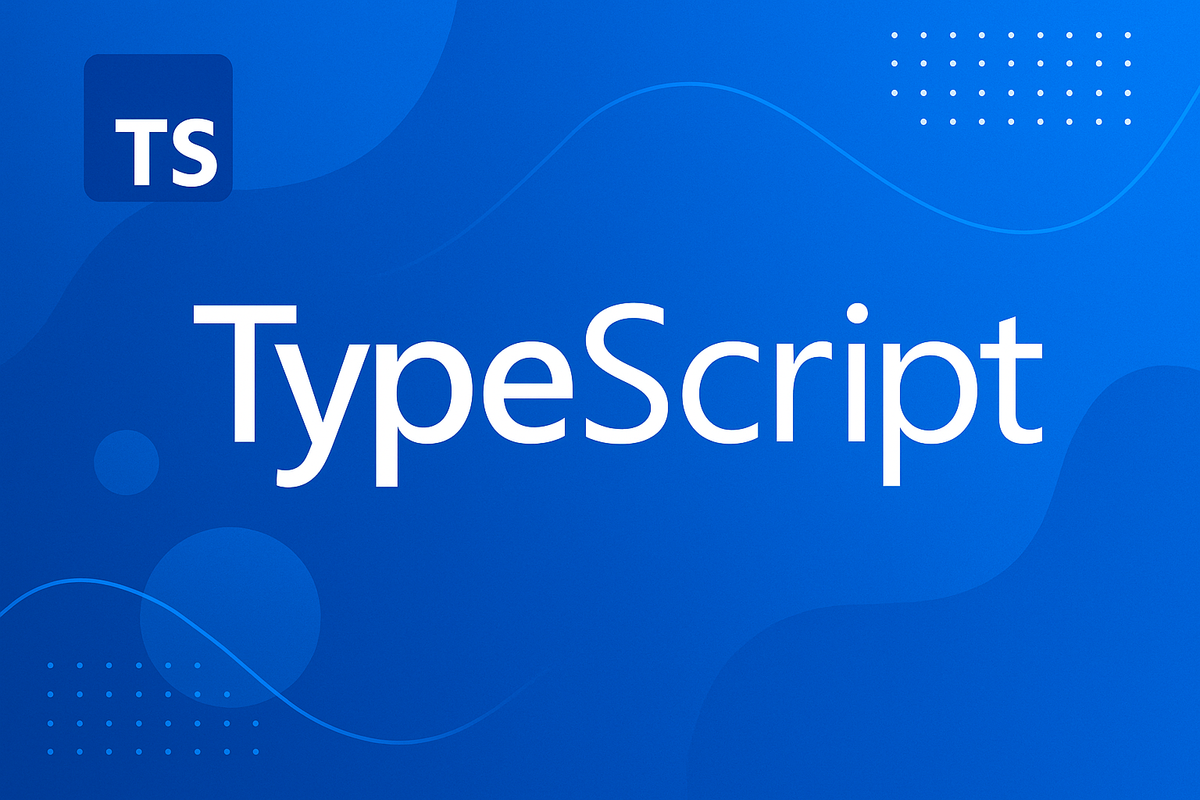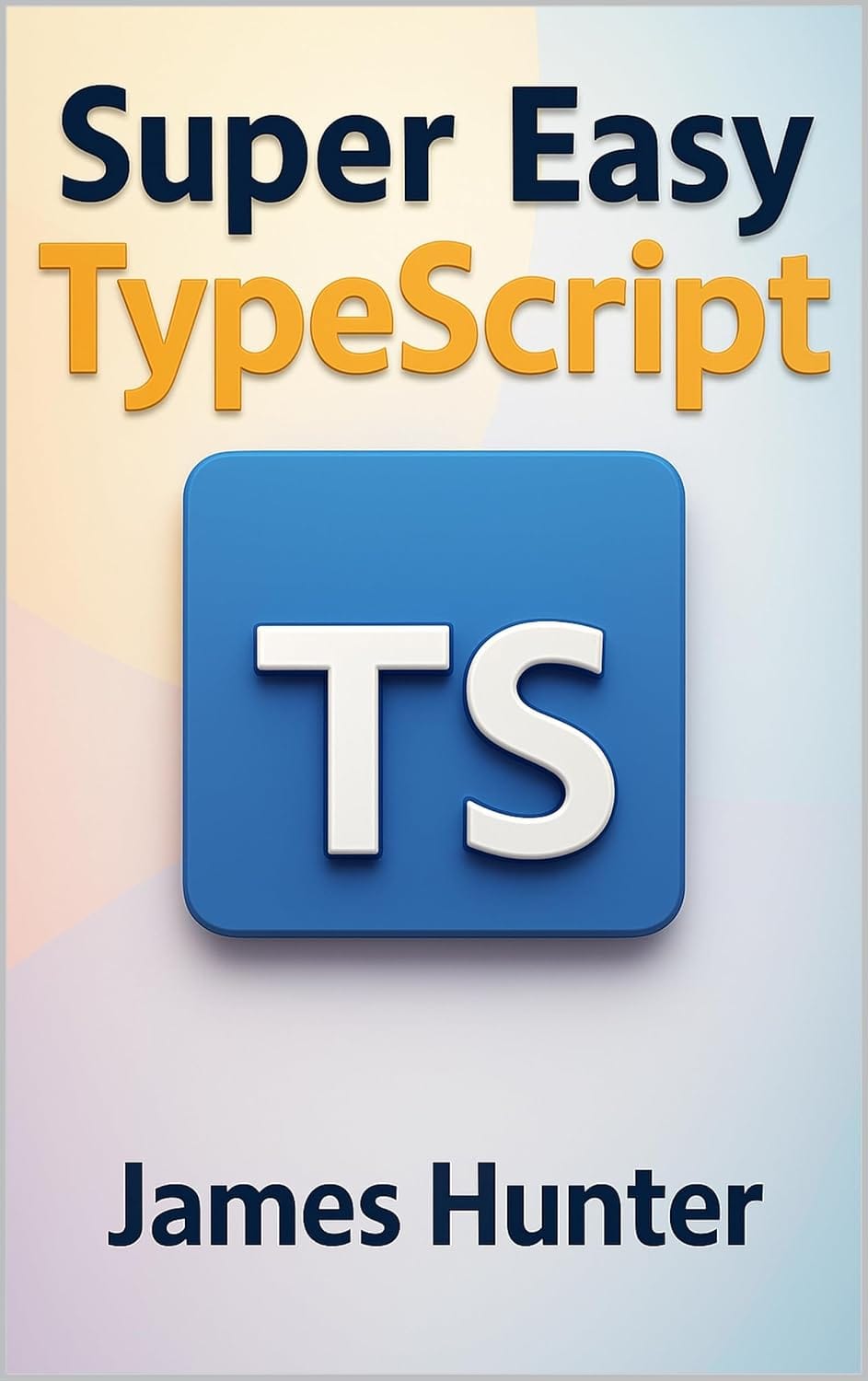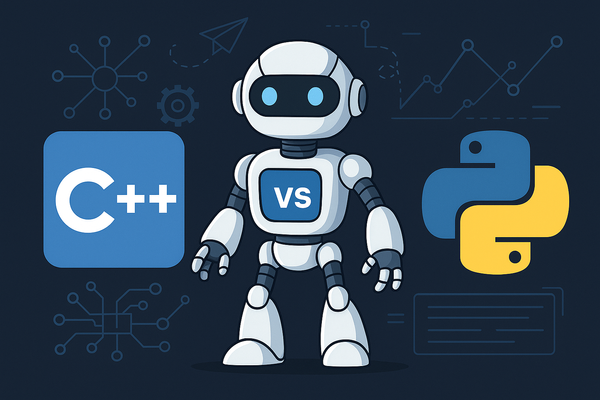TypeScript: The Go-To for Front-End Development

When it comes to building modern web applications, JavaScript has been the foundation for decades. But as projects scale and teams grow, many developers discover JavaScript’s flexibility can also be its weakness. Enter TypeScript—a language created by Microsoft that builds on JavaScript by adding static typing and powerful tooling. Today, TypeScript has become the go-to language for front-end development, especially in frameworks like React, Angular, and Vue.
Why TypeScript?
1. Type Safety
With JavaScript, type errors often surface only at runtime. TypeScript catches them during development, preventing bugs before they reach production.
2. Better Tooling and Autocomplete
TypeScript’s type system powers smarter editors like VS Code. Developers get instant feedback, intelligent autocomplete, and inline documentation.
3. Scalability for Large Teams
Static typing makes it easier to maintain codebases with dozens—or hundreds—of contributors. Shared interfaces and types act as a living contract between different parts of your app.
4. Easy Adoption
TypeScript is a superset of JavaScript, which means any .js file is already valid TypeScript. You can adopt it gradually without rewriting your entire project.
Example: Typing Functions
Here’s a quick comparison between JavaScript and TypeScript:
JavaScript:
function add(a, b) {
return a + b;
}
The function works, but it accepts any type of input—even strings, which could lead to errors.
TypeScript:
function add(a: number, b: number): number {
return a + b;
}
Here, both parameters must be numbers, and the return type is also a number. If you pass in anything else, TypeScript will throw a compile-time error.
Example: Safer React Components
In React, props are central. With JavaScript, you rely on guesswork or documentation. With TypeScript, you enforce contracts directly in code.
import React from 'react';
type ButtonProps = {
label: string;
onClick: () => void;
disabled?: boolean; // optional prop
};
const Button: React.FC<ButtonProps> = ({ label, onClick, disabled }) => {
return (
<button onClick={onClick} disabled={disabled}>
{label}
</button>
);
};
export default Button;
With this setup, the editor knows exactly what props Button expects. If another developer tries to pass a number instead of a string to label, the compiler will flag it immediately.
TypeScript in Popular Frameworks
- React:
.tsxfiles allow you to type props, hooks, and context, reducing runtime bugs. - Angular: TypeScript is the default, powering decorators, dependency injection, and strong contracts.
- Vue 3: The Composition API pairs beautifully with TypeScript, enabling typed reactive state and props.
The Career Edge
TypeScript is more than a developer convenience—it’s a career booster. Tech giants like Google, Microsoft, Airbnb, and Slack use it extensively. Job listings for front-end engineers increasingly specify TypeScript as a requirement. By mastering TypeScript, you don’t just improve your coding—you make yourself more competitive in the job market.
Final Thoughts
TypeScript bridges the gap between developer productivity and application reliability. It combines the flexibility of JavaScript with the safety of a statically typed language. For front-end development in 2025 and beyond, TypeScript isn’t just an option—it’s the standard.
If you’re looking to sharpen your skills and build front-end applications that scale with confidence, it’s time to embrace TypeScript.




